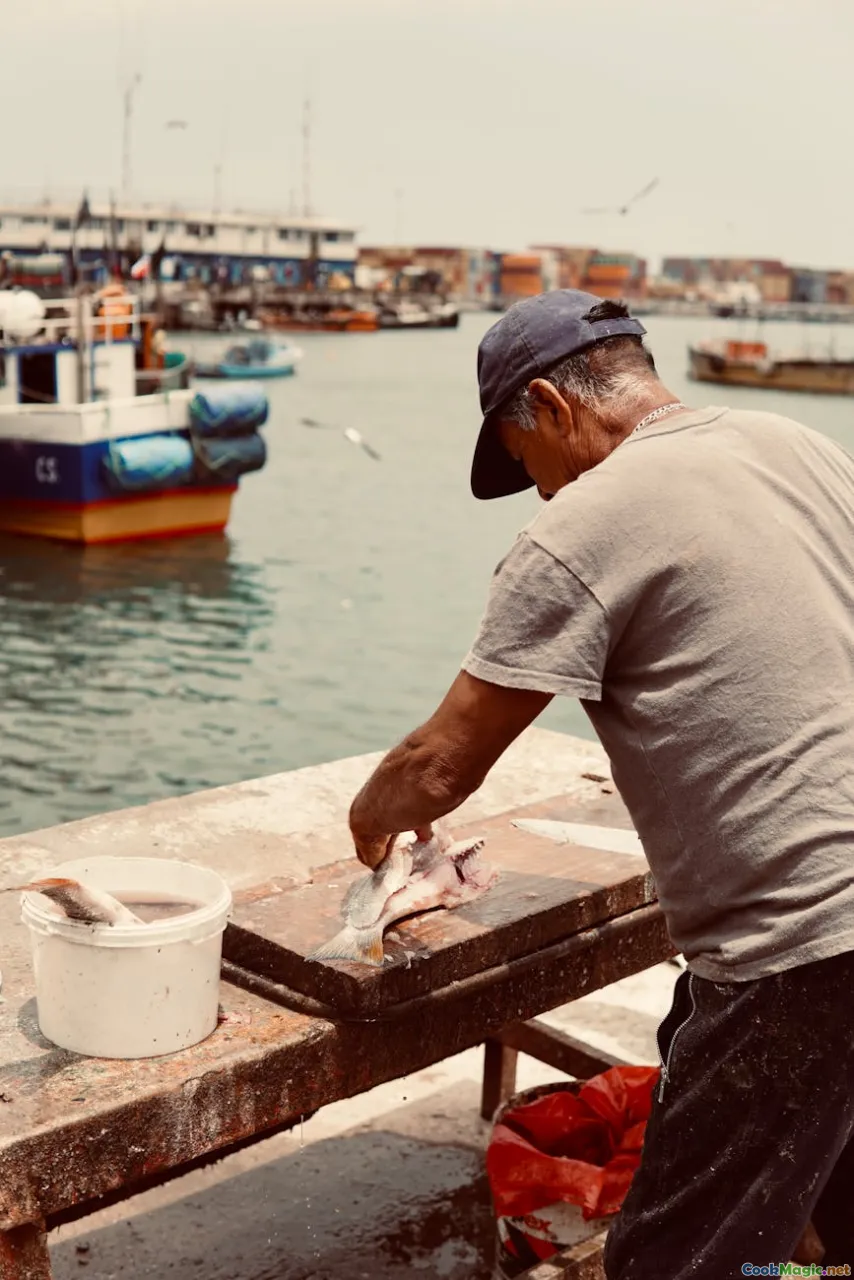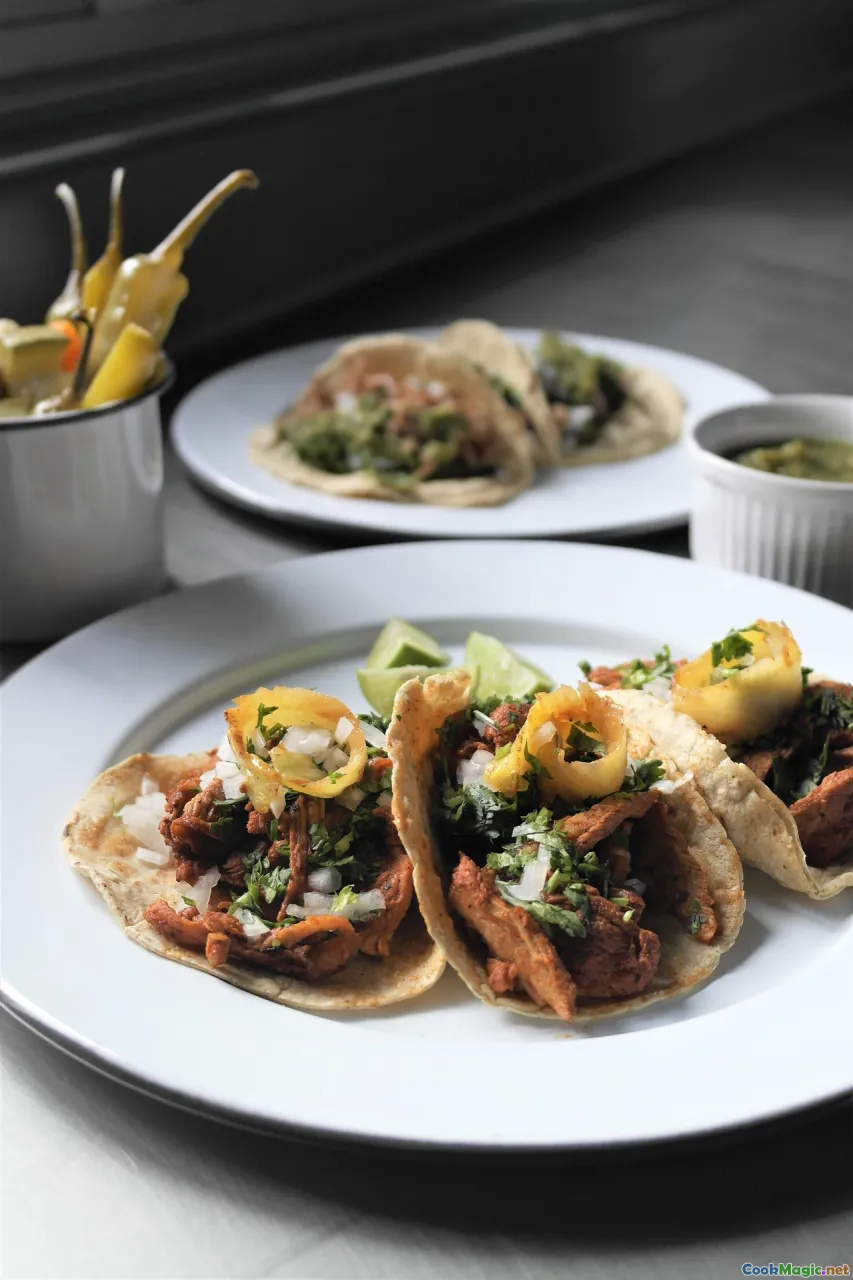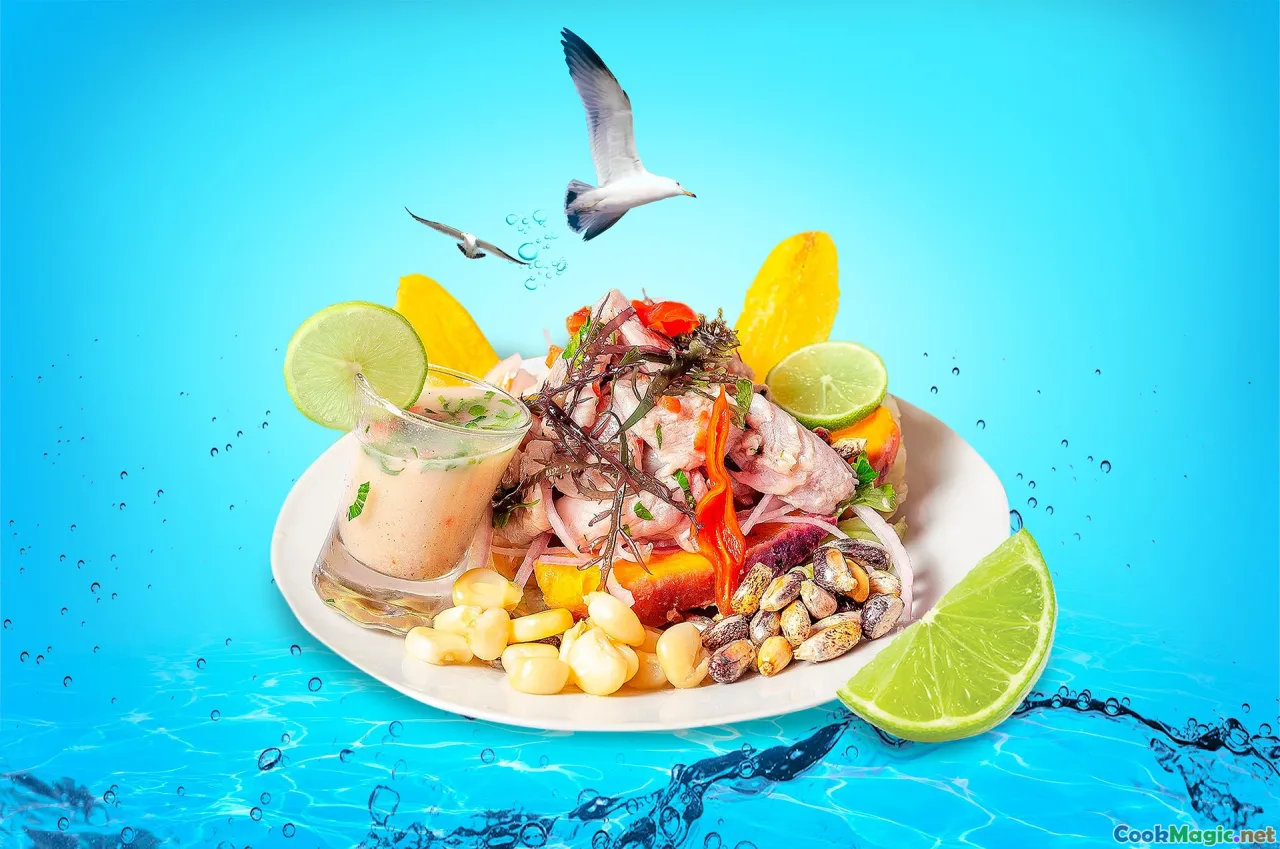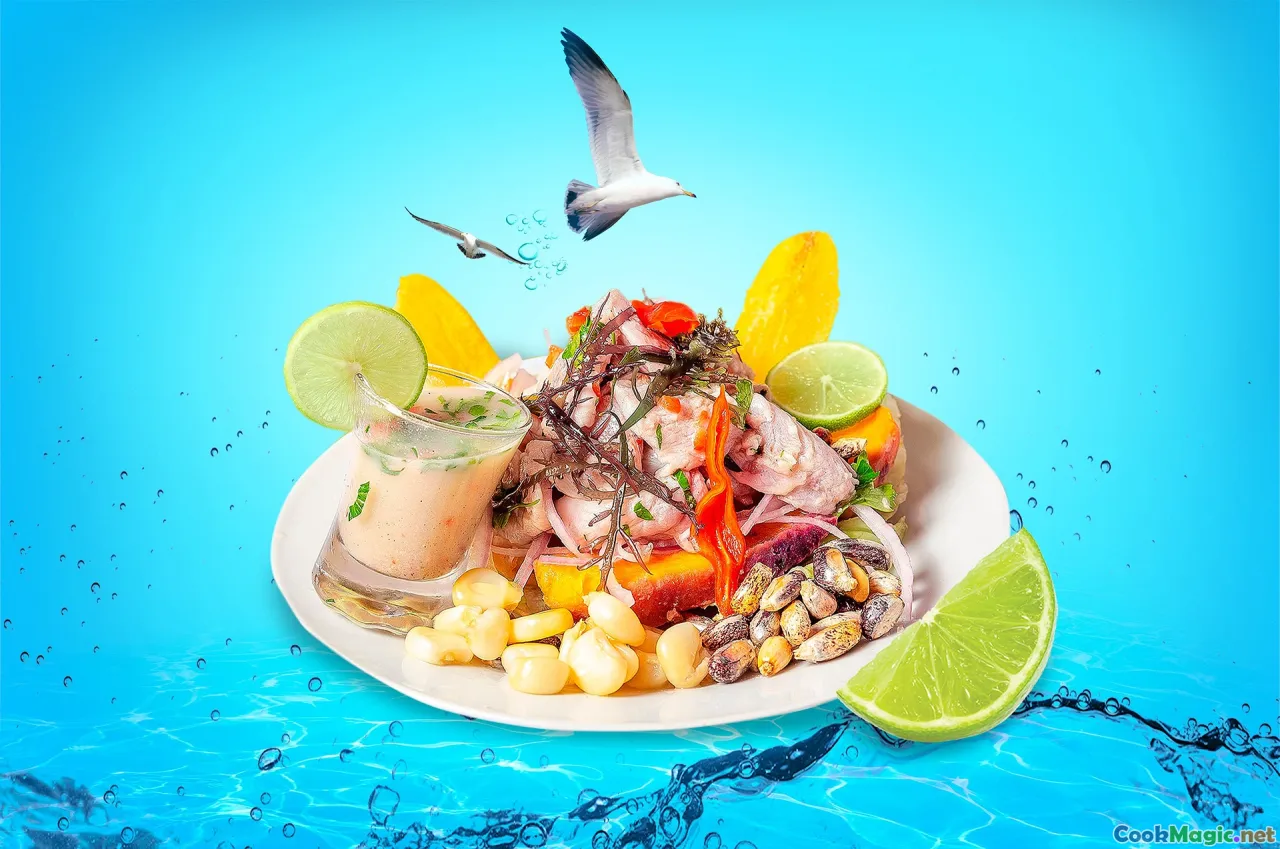Mastering Ceviche The Peruvian Citrus Seafood Classic
12 min read Discover expert tips to perfect Peruvian ceviche, a vibrant seafood dish bathed in citrus, showcasing fresh flavors and culinary tradition. July 31, 2025 21:05
Mastering Ceviche: The Peruvian Citrus Seafood Classic
Imagine sitting seaside on a sun-drenched Peruvian shore, the scent of the Pacific mingling with zesty aromas that make your mouth water. It’s here, amidst the vibrant rhythms of Lima’s bustling markets and the winding coastal highways, that ceviche reigns supreme—Peru’s jewel in the culinary crown. This dish isn’t just food; it’s a sensory voyage, a cultural emblem rooted in centuries of tradition, geography, and passion.
Ceviche, or ceviche a la peruana, isn’t merely exotic seafood marinated in citrus; it’s a vivid expression of Peru’s gastronomic soul—a perfect harmony of fresh fish, sharp citrus, fiery chili, and aromatic herbs. To truly master ceviche is to invoke centuries of coastal history, understand the intricate dance of flavors, and bring a personal touch to this legendary dish. Let’s embark on a journey that explores not just how to prepare ceviche, but why it remains so culturally significant and how you, in your kitchen, can elevate this ancient tradition.
The Cultural and Historical Roots of Peruvian Ceviche

Ceviche’s roots trace deep into South American history. Although its origins are fiercely debated—some tracing it back to ancient Peru, others to pre-Columbian civilizations—what's undeniable is that ceviche emerged as a reflection of Peru’s bounty and its people’s ingenuity. Coastal communities relied on fresh seafood, and preservation techniques were vital. The use of citrus—originally native to the region—became a natural marinade that not only preserved but also accented the delicate flavors of freshly caught fish.
During the time of the Inca Empire, coastal fishermen stored their catches inland during the dry season, marinating slices of seafood with native SCombined cheer essential times الرئيسيةuals;. In later centuries, Spanish influence introduced key ingredients such as lime and onion, transforming ceviche into the dish we cherish today. This confluence of indigenous and colonial flavors speaks to the resilient, adaptive spirit of Peruvian cuisine—a culinary tapestry woven through centuries.
Their traditional method: fish caught at dawn, sliced and immediately marinated in a mixture of lime juice, chili, and herbs. This quick-cure process highlights the importance of freshness—a central pillar of authentic ceviche. In places like Lima, cevicherías (ceviche bars) are more than restaurants; they are cultural institutions, lively hubs of storytelling and tradition.
The Essential Ingredients for Authentic Peruvian Ceviche

Crafting true Peruvian ceviche begins with sourcing the highest quality, freshest ingredients. Each element contributes to a balanced symphony of flavor and texture.
Fish: The Heart of Ceviche
The most traditional choice is firm, white-flesh fish such as corvina (sea bass), hoki, or zeebergichdha. These fish have a resilient texture that holds up well during marination without turning mushy. In Peru, fishermen often select fish with a clean, oceany aroma and gleaming, untouched flesh, ensuring a pure taste.
Citrus: The Marinating Powerhouse
Lime—native to the Peruvian coast—transforms ceviche into a bracing, bright dish. Its acidity “cooks” the fish gently, resulting in a tender yet flavorful texture. Freshly squeezed lime juice is vital; avoid the bottled stuff, which often lacks depth.
Chili Peppers: The Fiery Touch
Aji amarillo (yellow chili) is the soul of Peruvian ceviche—its fruity heat enhances without overwhelming. For a milder experience, some prefer aji verde or even rocoto peppers. The chili's heat reconstructs the sensory dance, balancing the acidity with a warm, fiery note.
Aromatics and Herbs
Red onion slices, thin and crunchy, provide a sweet-and-spicy bite. They are traditionally soaked in cold water with a pinch of salt or ice to mellow their pungency. Fresh cilantro leaves add an elusive herbaceous aroma, tying all flavors together.
Additional Elements
Traditionally, boiled sweet potatoes and corn on the cob accompany ceviche, providing contrast in texture and sweetness. Some regions include – or prefer – lettuce leaves or cancha (toasted corn nuts) for crunch and visual appeal.
How to Perfect Your Ceviche: Step-by-Step Mastery

Creating an impeccable ceviche requires attention to detail and respect for tradition, but it’s accessible with the right technique.
1. Sourcing and Preparing the Fish
Choose a fresh, high-quality fish. Rinse and pat dry. Using a sharp knife, slice the fish into uniform, thin strips—about ¼ inch thick—so the citrus marinade can evenly cure it.
2. Marinating and Curing
In a glass or ceramic bowl, combine freshly squeezed lime juice with a pinch of salt and, if desired, minced Aji amarillo or other chili. Add the fish slices carefully, ensuring they are submerged. Marinate for about 10–15 minutes—the fish should turn opaque and firm but not cooked to the point of breaking apart.
3. Preparing the Aromatics
While the fish marinates, thinly slice red onions and soak in cold water with a pinch of salt for about 5 minutes to reduce sharpness. Chop fresh cilantro.
4. Assembling the Dish
Drain the onions and fold them into the marinated fish. Add the fresh chili, cilantro, and taste for seasoning. Adjust acidity with a touch more lime, and add pepper or salt if necessary.
5. Serving with traditional accompaniments
Plate the ceviche on a bed of lettuce or in a wooden bowl. Garnish with slices of boiled sweet potato, corn on the cob, and a handful of cancha or toasted corn for crunch.
Variations and Modern Twists

While traditional ceviche holds steadfast, modern chefs have experimented with regional ingredients and presentation styles, all while respecting its roots.
Seafood Mixes
Beyond the classic white fish, chefs incorporate scallops, octopus, or shrimp for different textures. Some create ceviches with a medley of seafood, each marinated for just the right time.
Fusion Ceviche
International influences—like avocado, mango, or coconut milk—transform ceviche into tropical, vibrant creations. For example, adding diced mango and a hint of ginger gives a sweet, spicy dimension.
Vegan and Plant-Based Variations
Using jicama, hearts of palm, or mushrooms as stand-ins for seafood allows plant-based enthusiasts to enjoy ceviche’s zestful lineage.
Elevated Presentation
In high-end settings, ceviche is manipulated into sculptural forms,served in glassware with edible flower garnishes, emphasizing visual elegance.
Tips for the Home Ceviche Enthusiast

Even if you’re not near the coast, you can craft ceviche that rivals those in Lima’s cevicherías.
- Prioritize freshness: Purchase from trusted suppliers or fishmongers who display daily catch.
- Use quality citrus: Fresh, ripe limes matter; their zest can also lend additional aroma.
- Don’t over-marinate: Fish is delicate—marinate for just enough time to cure without becoming tough.
- Balance flavors: Taste as you go; adjust acidity, heat, and salt for optimal harmony.
- Serve immediately: Ceviche is at its best fresh. Prepare just before serving.
- Pair thoughtfully: Serve with cold, crisp Peruvian chicha morada or a lightly oaked white wine.
Bringing Ceviche into Your Kitchen: Personal Touches
Creating ceviche is both an art and an act of cultural appreciation. Think of each batch as a canvas. Taste and adjust—are the flavors balanced? Is the fish tender yet firm? Feel free to incorporate local ingredients or about your own twist, always respecting its essence.
Share stories of ceviche moments—family gatherings, seaside celebrations, or urban culinary quests. These narratives imbue each plate with soul. When you serve your ceviche, you’re not just sharing a dish; you’re bridging generations, geography, and passion.
A Final Reflection
Mastering ceviche is about more than skill; it’s about embracing the spirit of Peruvian coastal life—fresh, vibrant, and unpretentiously authentic. It’s a culinary dialogue that spans time and space, connecting us through elemental ingredients and timeless traditions.
So, gather your freshest seafood, brighten your citrus, and infuse your kitchen with Perú’s lively heart. Delicious, authentic ceviche isn’t just a dish; it’s a celebration of Peruvian identity. Welcome to the vibrant world of ceviche—enjoy your journey to mastery.









